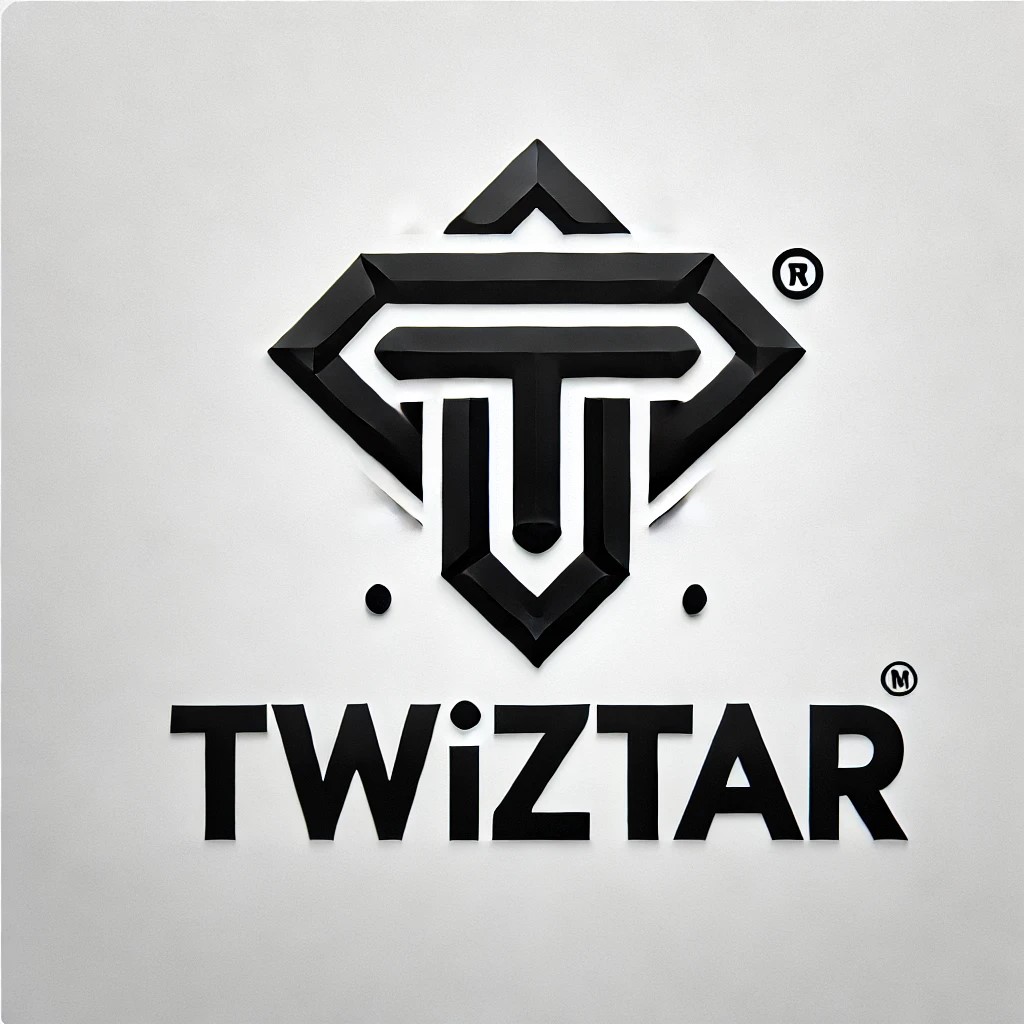A groundbreaking advancement has been made in the field of supercomputing with the unveiling of El Capitan. Developed through a collaboration between AMD, HPE, and the Lawrence Livermore National Laboratory, El Capitan now holds the title of the world’s most powerful supercomputer. With its unprecedented speed and energy efficiency, this technological marvel is set to play a critical role in ensuring America’s nuclear security and advancing computational research.
The World’s Most Powerful Supercomputer
Revealed at the Supercomputer 2024 conference in Atlanta, El Capitan has set a new benchmark as the first exascale-class supercomputer in the world. This powerhouse system, featuring over 11 million cores, delivers a processing speed of 1,742 petaflops per second, with a theoretical peak of 2,746 petaflops. Notably, El Capitan also ranks in the top 20 of the Green500 list, underscoring its energy efficiency.
Designed for National Security
El Capitan was purpose-built to support nuclear security and research initiatives. As part of the U.S. Department of Energy’s NNSA Tri-Labs program, it will be instrumental in modeling and simulating the security and reliability of aging nuclear weapons. Additionally, it will contribute to counterterrorism efforts and other vital national security projects, ensuring that cutting-edge technology is at the forefront of safeguarding the nation.
Revolutionary Hardware and Technology
The supercomputer is built on HPE’s Cray EX255a HPC system and powered by AMD’s Instinct MI300A accelerated processing units (APUs). These APUs integrate CPU and GPU cores onto a single chip, enabling unparalleled computational performance. Further enhancing its capabilities, El Capitan employs HPE’s Slingshot-11 interconnect technology, providing ultra-high bandwidth for rapid data processing.
AMD: Leading the Supercomputing Revolution
With the success of El Capitan, AMD solidifies its position as a leader in the supercomputing industry. Currently powering the two fastest supercomputers globally—El Capitan and Frontier—AMD also supports 40% of the top 10 most energy-efficient systems, demonstrating its dominance in both performance and sustainability.
Shaping the Future of Supercomputing
El Capitan’s achievements highlight the growing convergence of high-performance computing (HPC) and artificial intelligence (AI). Its innovative design not only pushes the boundaries of computational power but also opens new doors for solving complex global challenges.
As we witness the dawn of a new era in supercomputing, the question arises: what’s next for this transformative technology? Will future supercomputers further revolutionize industries, enhance scientific discovery, and reshape national security?


